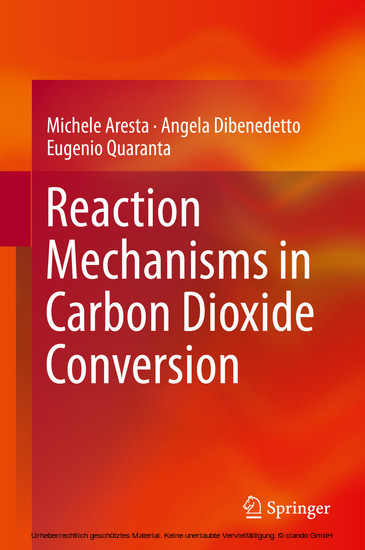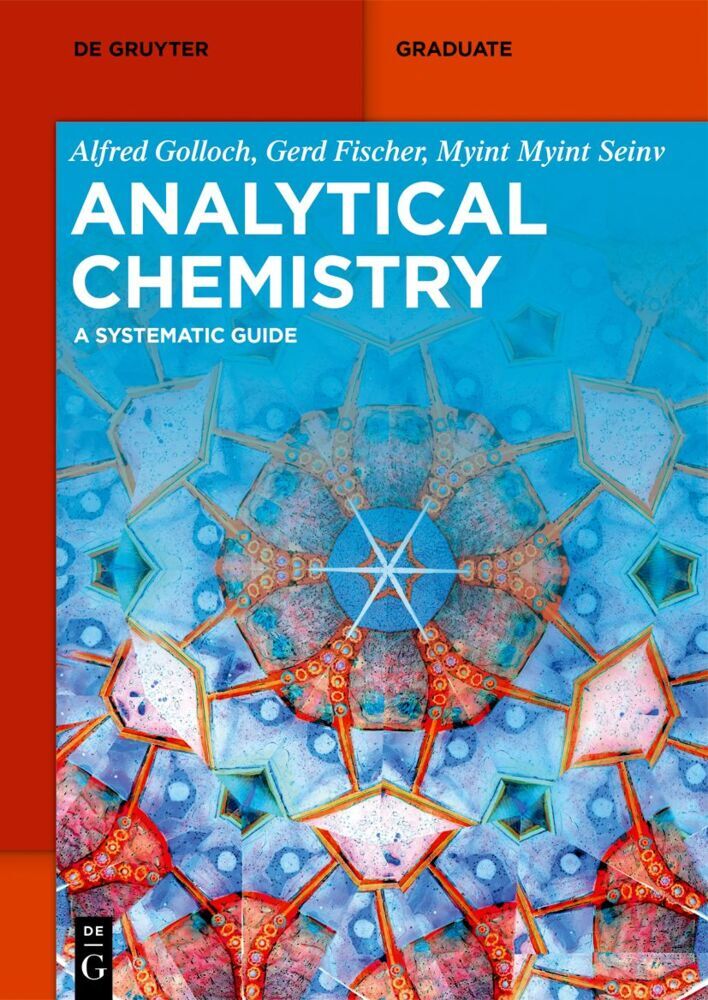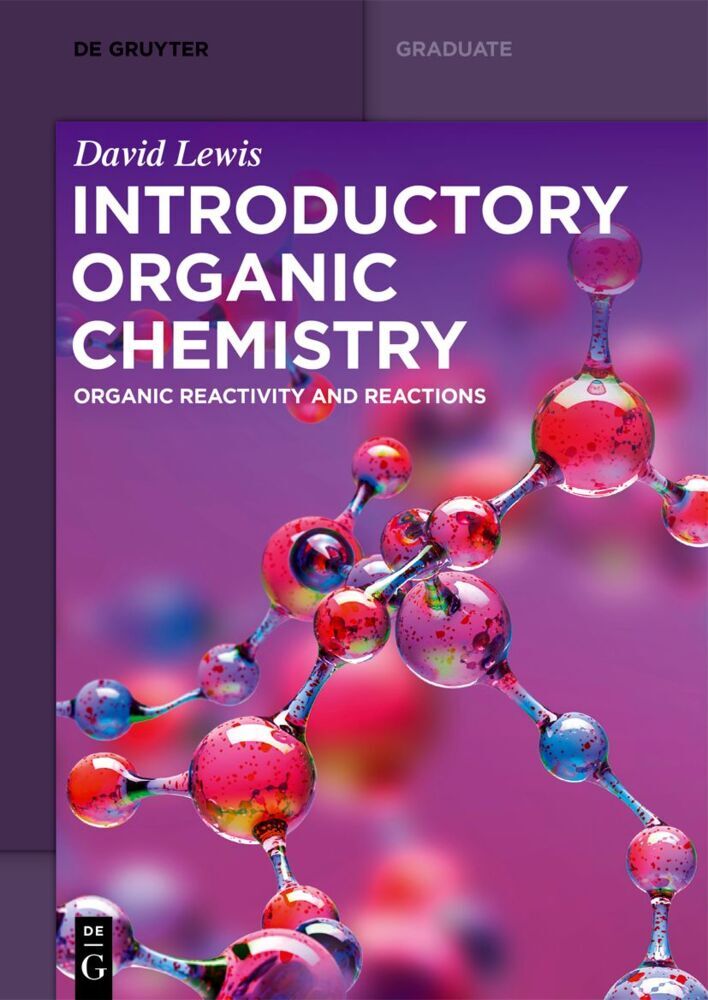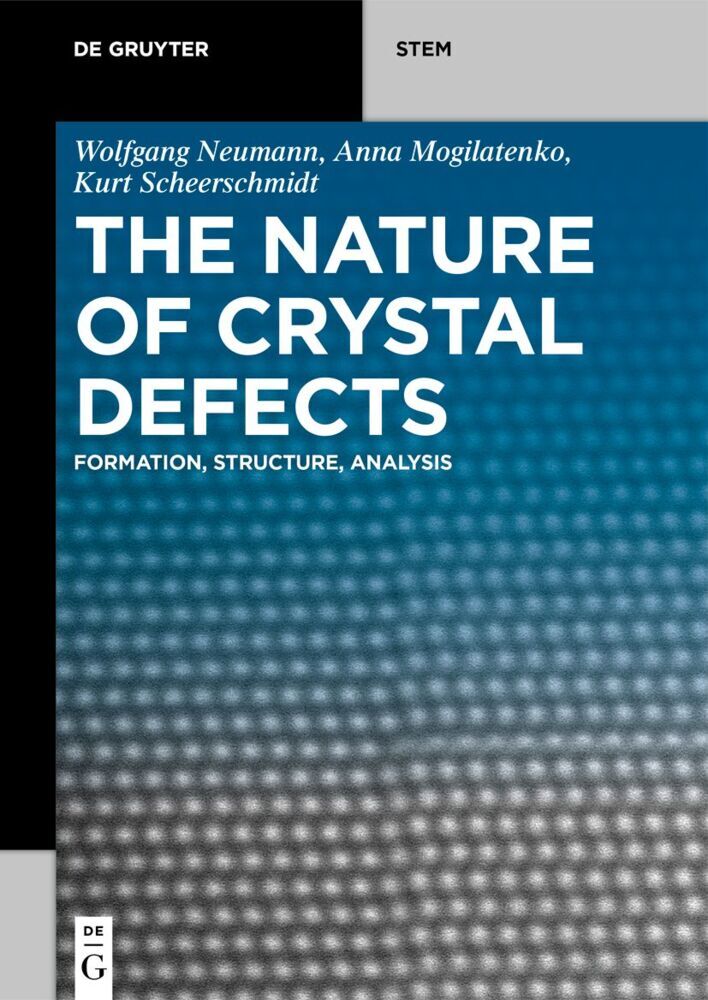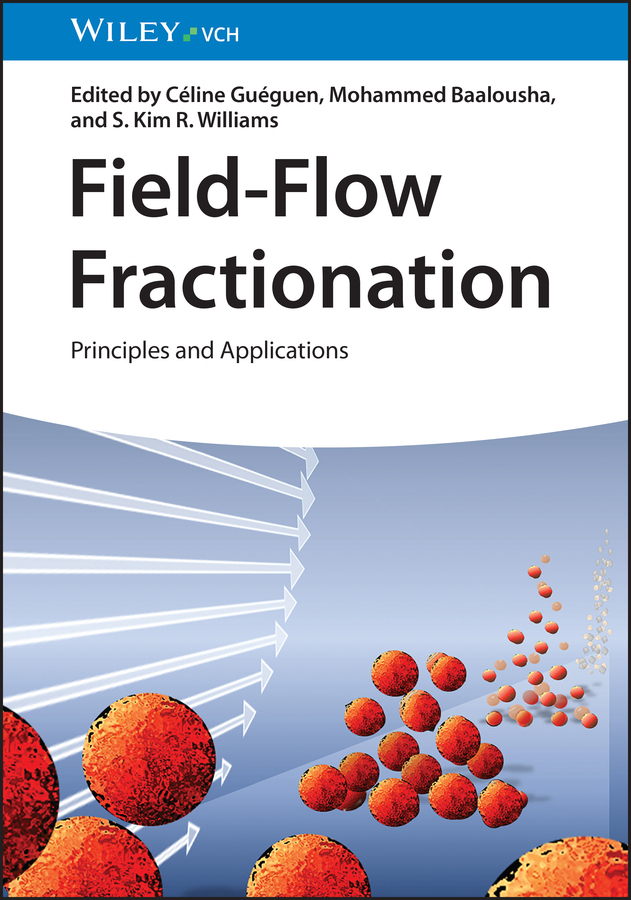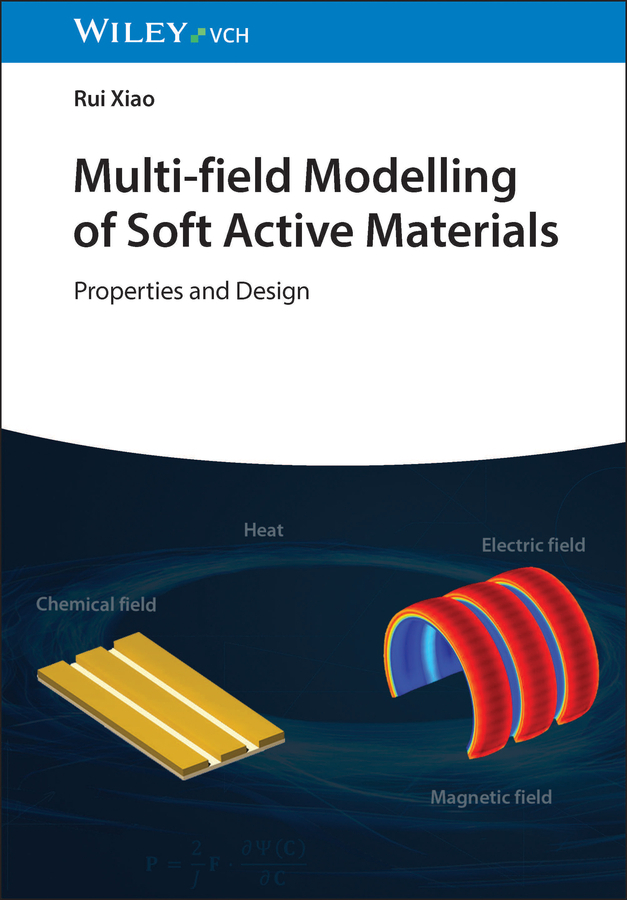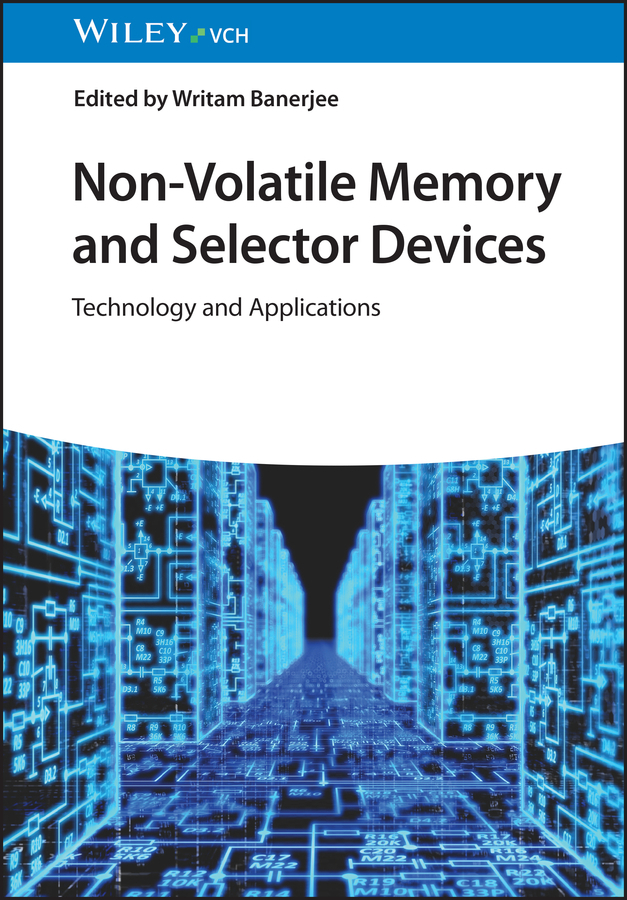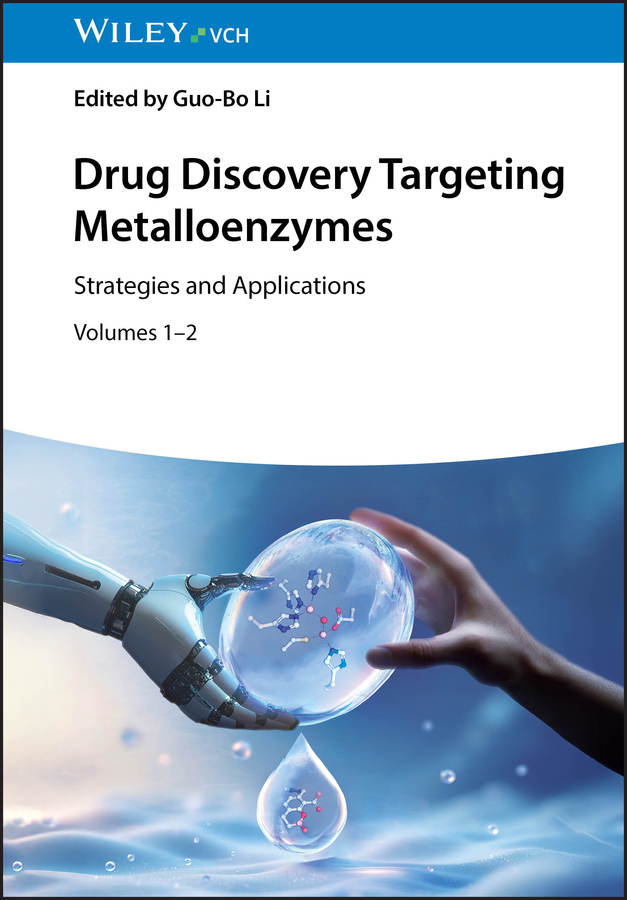Reaction Mechanisms in Carbon Dioxide Conversion
This book provides an analysis of the reaction mechanisms relevant to a number of processes in which CO2 is converted into valuable products. Several different processes are considered that convert CO2 either in specialty chemicals or in bulk products or fuels. For each reaction, the mechanism is discussed and the assessed steps besides the dark sites of the reaction pathway are highlighted. From the insertion of CO2 into E-X bonds to the reduction of CO2 to CO or other C1 molecules or else to C2 or Cn molecules, the reactions are analysed in order to highlight the known and obscure reaction steps. Besides well known reaction mechanisms and energy profiles, several lesser known situations are discussed. Advancing knowledge of the latter would help to develop efficient routes for the conversion of CO2 into valuable products useful either in the chemical or in the energy industry. The content of this book is quite different from other books reporting the use of CO2. On account of its clear presentation, 'Reaction Mechanisms in Carbon Dioxide Conversion' targets in particular researchers, teachers and PhD students.
1;Preface;8 2;Contents;12 3;About the Authors;18 4;Chapter 1: The Carbon Dioxide Molecule;20 4.1;1.1 Introduction;20 4.2;1.2 Electronic Properties of CO2;21 4.2.1;1.2.1 Ground State of Carbon Dioxide;21 4.2.2;1.2.2 Lowest Excited States of Carbon Dioxide;25 4.3;1.3 Main Features of Carbon Dioxide Reactivity;27 4.3.1;1.3.1 Carbon Dioxide as O-Nucleophile;28 4.3.2;1.3.2 Carbon Dioxide as C-Electrophile;29 4.3.3;1.3.3 Amphoteric Reactivity of Carbon Dioxide;30 4.4;1.4 Carbon Dioxide Radical Anion, CO2-;31 4.5;1.5 Carbon Dioxide Radical Cation, CO2+;38 4.6;1.6 Spectroscopic Techniques Applied to the CO2 States;39 4.6.1;1.6.1 IR Spectroscopy;39 4.6.2;1.6.2 UV Spectrum of Carbon Dioxide;41 4.6.3;1.6.3 Nuclear Magnetic Resonance (NMR) Spectroscopy;45 4.7;References;46 5;Chapter 2: CO2 Coordination to Metal Centres: Modes of Bonding and Reactivity;54 5.1;2.1 Mode of Bonding of Carbon Dioxide to Transition-Metal Centres;54 5.2;2.2 XRD Structure of eta2-C,O Mononuclear Metal Complexes;56 5.3;2.3 XRD Structural Data for eta1-C Metal Complexes;60 5.4;2.4 XRD Structural Characterization of O-End-On Complexes;62 5.5;2.5 Multinuclear Complexes;62 5.5.1;2.5.1 Side-On Bonded Complexes;62 5.5.2;2.5.2 O-End-On Bonded Complexes;63 5.6;2.6 Spectroscopic (IR and 13C-NMR) Data for the Complexes Correlated to the Various Modes of Bonding of CO2;66 5.6.1;2.6.1 Infrared Data Relevant to Transition Metal Complexes;66 5.6.2;2.6.2 NMR Data for Transition Metal Complexes;68 5.7;2.7 Fluxionality of the CO2 Molecule Coordinated to Transition Metal Systems;70 5.8;2.8 Interaction of CO2 with Metal Atoms in Low-Temperature Solid-Inert-Gas Matrices;74 5.9;2.9 Interaction of Metal Cations with CO2 in the Gas Phase;76 5.10;2.10 Reactions of Coordinated CO2;77 5.10.1;2.10.1 Reaction of Coordinated CO2 with Electrophiles and O-Transfer from CO2 to Produce CO;78 5.10.2;2.10.2 Reactions of Coordinated CO2 with Nucleophiles;82 5.11;2.11 Conclusions;83 5.12;References;83 6;Chapter 3: Interaction of CO2 with Electron-Rich Moieties;89 6.1;3.1 Reaction with the Hydride Ion;89 6.2;3.2 Reaction with Hydroxide and Alkoxide Species;90 6.3;3.3 Reaction with Carbanions;91 6.4;3.4 Reaction with Amines;92 6.5;References;100 7;Chapter 4: Insertion of CO2 into E-X Bonds;103 7.1;4.1 Carbon Dioxide Insertion into M-H Bonds;103 7.2;4.2 CO2 Insertion into M-OH Bonds;109 7.3;4.3 CO2 Insertion into M-C Bonds;113 7.4;4.4 CO2 Insertion into M-OR Bonds;115 7.5;4.5 Insertion into M-O2 Bonds;116 7.6;4.6 CO2 Insertion into M-N Bonds;120 7.6.1;4.6.1 Insertion into Transition Metal Amides;120 7.6.2;4.6.2 Insertion into Main Group and Post-Transition Metal Amides;126 7.6.3;4.6.3 Insertion into Amides of Non-Metallic Elements;130 7.7;4.7 CO2 Insertion into M-P Bonds;133 7.8;4.8 CO2 Insertion into C-C Bonds;135 7.9;4.9 CO2 Insertion into C-N Bonds;138 7.10;4.10 Insertion into Other E-X Bonds;145 7.10.1;4.10.1 Insertion into M-M Bonds;145 7.10.2;4.10.2 Insertion into Si-H Bonds;146 7.10.3;4.10.3 Insertion into C-H Bonds;147 7.11;4.11 Conclusions;149 7.12;References;149 8;Chapter 5: Interaction of CO2 with C-C Multiple Bonds;160 8.1;5.1 Introduction;160 8.2;5.2 Oxidative Coupling with CO2;161 8.3;5.3 Carboxylation of Olefins;164 8.4;5.4 Carboxylation of Alkynes;173 8.5;5.5 Carboxylation of Allenes;181 8.6;5.6 Carboxylation of Conjugated Dienes;186 8.7;References;193 9;Chapter 6: Reaction Mechanisms in the Direct Carboxylation of Alcohols, Polyols, Cyclic Ethers, and Cyclic Amines to Afford Mo...;200 9.1;6.1 Utilization of Organic Carbonates and Conventional Synthetic Routes;200 9.2;6.2 Direct Carboxylation of Alcohols;202 9.2.1;6.2.1 Thermodynamic and Kinetic Issues;202 9.2.2;6.2.2 Reaction Mechanism;204 9.2.2.1;6.2.2.1 Homogeneous and Heterogenized Catalysts;205 9.2.2.2;6.2.2.2 Heterogeneous Catalysts;211 9.2.2.2.1;6.2.2.2.1 Water Removal Techniques;217 9.2.2.3;6.2.2.3 Organic Promoters;218 9.2.2.4;6.2.2.4 Urea as an Active Form of CO2;225 9.3;6.3 Direct Carboxylation of Diols and Polyols;227 9.4;6.
Aresta, Michele
Dibenedetto, Angela
Quaranta, Eugenio
| ISBN | 9783662468319 |
|---|---|
| Artikelnummer | 9783662468319 |
| Medientyp | E-Book - PDF |
| Copyrightjahr | 2015 |
| Verlag | Springer-Verlag |
| Umfang | 423 Seiten |
| Sprache | Englisch |
| Kopierschutz | Adobe DRM |

